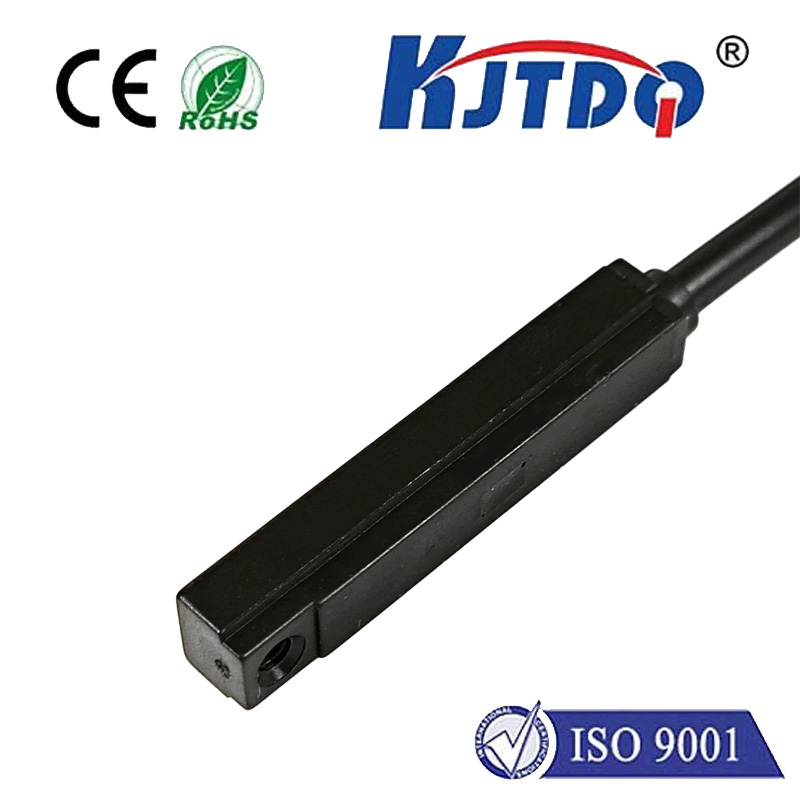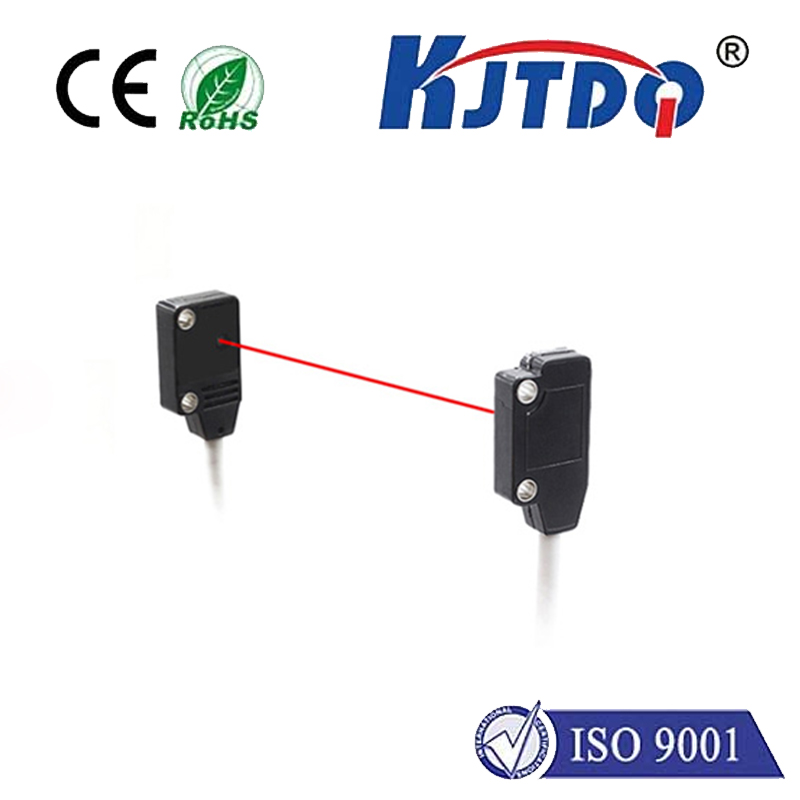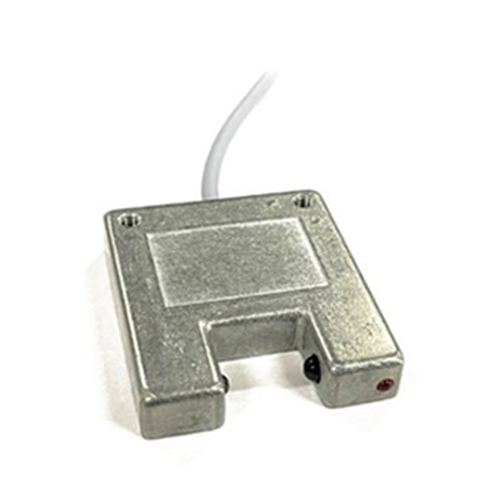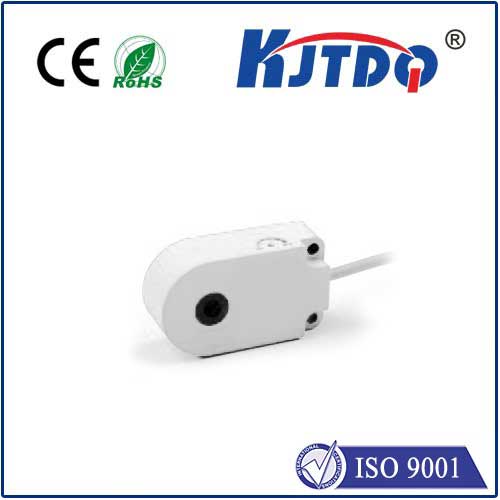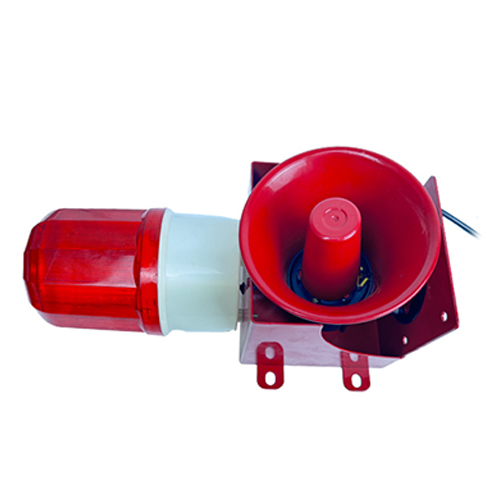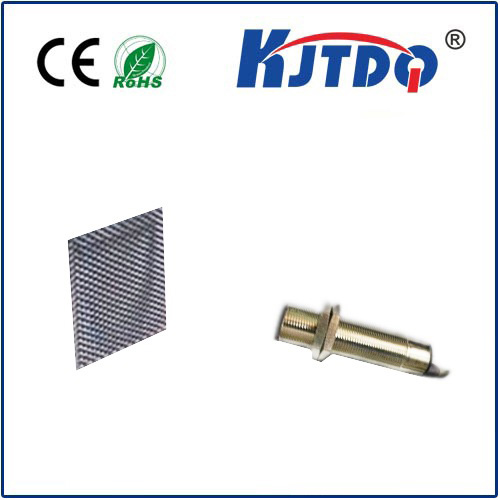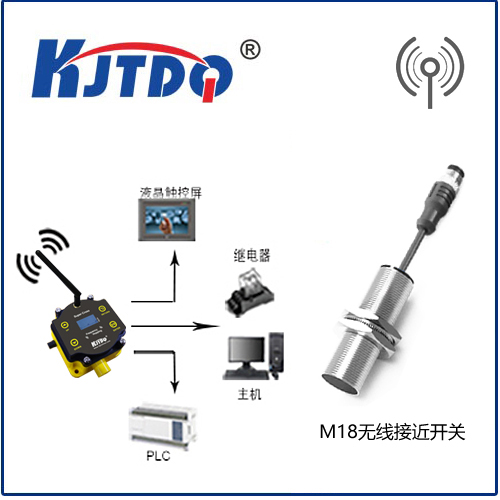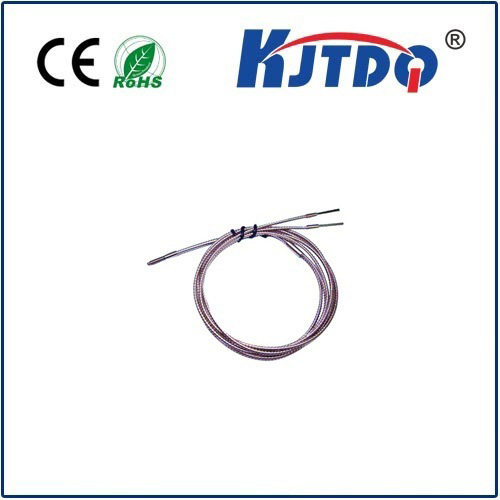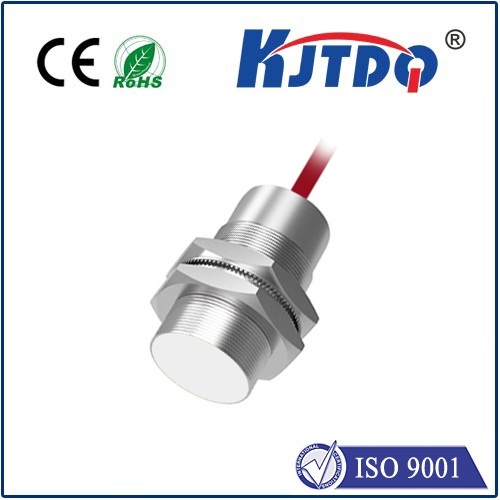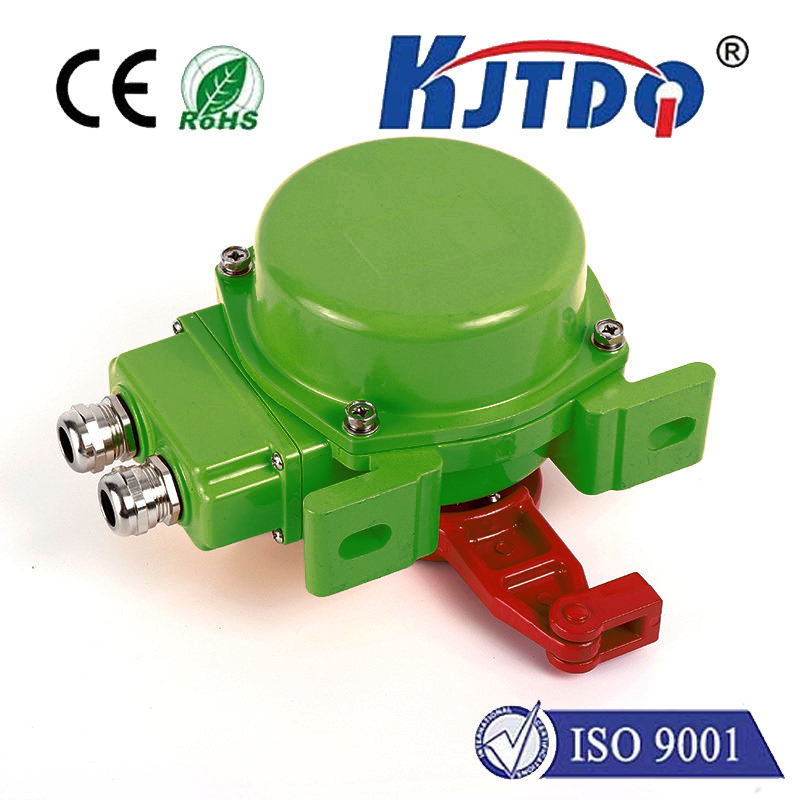switch proximity sensor
- time:2025-06-27 03:24:33
- Click:0
Switch Proximity Sensors: The Silent Sentinels Powering Modern Automation
Imagine a factory humming with activity. Robotic arms precisely weld car frames, conveyor belts seamlessly transport goods, and packaging lines operate at blinding speed. Beneath this orchestrated chaos, countless unseen components ensure flawless operation. Among the most crucial, yet often overlooked, are switch proximity sensors. These unassuming devices are the unsung heroes of automation, providing the vital feedback that keeps systems running safely and efficiently.
What Exactly is a Switch Proximity Sensor?
At its core, a switch proximity sensor is a non-contact electronic device that detects the presence or absence of a target object within its sensing range without physical touch. Unlike mechanical limit switches that require direct contact, proximity sensors operate using various physical principles, primarily electromagnetic fields or capacitance changes, to trigger an electrical switch signal.
This fundamental characteristic – detection without contact – is revolutionary. It eliminates mechanical wear, reduces maintenance needs, enables high-speed operation, and allows sensing in harsh environments where physical switches would fail. The “switch” aspect refers to their function: they act like an electronic switch, changing their output state (ON/OFF) based on target detection.
How Do They Work? Unveiling the Magic (Without the Wizardry)

The most common types of switch proximity sensors rely on two main principles:
- Inductive Proximity Sensors: These detect ferrous metals (like iron or steel). Inside the sensor head, an oscillator generates a high-frequency electromagnetic field. When a metal target enters this field, it induces eddy currents on the target’s surface. This current draw dampens the oscillator’s amplitude. An evaluation circuit detects this change and triggers the solid-state output switch. Key advantages include robustness, high switching frequencies, and immunity to dirt and dust. They are indispensable in metalworking, automotive assembly, and machinery.
- Capacitive Proximity Sensors: These detect a much wider range of materials – metals, plastics, wood, liquids, powders, and even granular substances. They work by generating an electrostatic field between two electrodes (often the sensor face and an internal electrode). When any object with a dielectric constant different from air enters this field, it alters the capacitance. The sensor’s circuitry detects this change and switches its output state. This makes them ideal for level detection in tanks, presence sensing of non-metallic objects (like bottles or lumber), and detecting materials through thin barriers.
Other types include magnetic proximity sensors (responding to permanent magnets, often used with pneumatic cylinders) and ultrasonic sensors (using sound waves for longer ranges or difficult surfaces).
Why They Matter: The Compelling Advantages
The adoption of switch proximity sensors is driven by significant operational benefits:
- Durability & Longevity: No moving parts means minimal mechanical wear and tear. They resist shock, vibration, and millions of switching cycles, offering superior reliability compared to mechanical switches.
- High-Speed Operation: Capable of detecting targets at extremely high speeds (kHz range), making them essential for modern, fast-paced automation lines where mechanical switches would be too slow.
- Environmental Resilience: Sealed housings (often rated IP67 or higher) protect them from oil, coolants, dust, and moisture, allowing deployment in challenging factory settings.
- Non-Contact Sensing: Prevents damage to both the sensor and delicate targets. Ideal for positioning fragile items or sensing objects that shouldn’t be touched (e.g., hot surfaces).
- Consistent Performance: Provides highly repeatable and accurate switching points, unaffected by surface contamination (unlike optical sensors) within their specification.
- Simple Integration: Output a clean, easy-to-use digital ON/OFF signal compatible with Programmable Logic Controllers (PLCs) and other industrial control systems.
Where They Shine: Key Applications
The versatility of switch proximity sensors makes them ubiquitous across industries:
- Position Verification: Confirming cylinders are retracted/extended, parts are seated correctly in fixtures, robotic arms have reached a specific position.
- Object Counting: Tallying products on a conveyor (bottles, cans, packages). Inductive sensors excel for metal items, while capacitive sensors handle non-metallics.
- End-of-Travel Detection: Safely limiting the movement of machines, gates, or actuators.
- Level Control: Capacitive sensors are widely used to detect low/high levels of liquids, powders, or granular materials in tanks and hoppers.
- Speed Monitoring: Detecting the teeth of a gear or the presence of targets on a rotating shaft to calculate RPM.
- Material Handling: Confirming the presence of pallets, boxes, or totes on conveyors or at workstation in-feeds.
- Machine Safety: Part of safety circuits to ensure guards are in place or areas are clear before machinery starts.
Choosing the Right Switch Proximity Sensor
Selecting the optimal sensor requires careful consideration:
- Target Material: Is it metal? Use inductive. Non-metal (plastic, liquid, wood)? Capacitive is likely needed.
- Sensing Distance: How far away does the target need to be detected? Ensure the sensor’s nominal sensing range (
Sn) comfortably exceeds the required operating distance.
- Environment: Consider temperature extremes, exposure to chemicals, water, dust, or welding sparks. Match the sensor’s IP rating and housing material (stainless steel, nickel-plated brass, PBT plastic) to the conditions.
- Output Configuration: PNP (sourcing) or NPN (sinking)? Normally Open (NO) or Normally Closed (NC)? Ensure compatibility with your controller’s input card.
- Size & Mounting: Physical space constraints often dictate sensor size and shape (cylindrical, block, rectangular).
- Switching Frequency: How fast does the target move? Ensure the sensor can handle the required detection speed.
The Future: Smarter Sensing
While the fundamental switch function remains core, proximity sensors are evolving. Integration with Industrial Internet of Things (IIoT) platforms is becoming more common. Built-in diagnostics (like monitoring operating distance drift) and IO-Link communication capabilities enable predictive maintenance and richer data flow, taking these essential components beyond simple detection into the realm of smart factory intelligence. The humble switch proximity sensor continues to be a foundational element, silently and reliably enabling the automation that shapes our modern world.






